The festive season in India brings with it one of the most anticipated shopping occasions of the year—the Diwali gold rush. As gold prices soar to unprecedented levels of $1,440 per 10 grams, India’s jewelry market is experiencing a fascinating paradox: buyers are purchasing more gold for investment while simultaneously buying less jewelry by weight.
Diwali and Dhanteras: India’s Golden Shopping Festival
Diwali, along with the auspicious festival of Dhanteras falling this weekend, represents more than just shopping occasions for Indians. These festivals hold deep cultural and spiritual significance, with hundreds of thousands of people visiting jewelry markets across the country to purchase gold, silver, and precious metals. According to tradition, buying precious metals during Dhanteras and Diwali brings wealth, prosperity, and good fortune to households.
In Delhi’s vibrant Lajpat Nagar neighborhood, the jewelry market is witnessing unprecedented crowds. Shops remain open throughout holidays, and at dusk, dozens of cars line the streets as flashy signboards beckon shoppers into flower-adorned stores. The atmosphere is electric, yet the dynamics have fundamentally shifted this year.
The Gold Price Explosion: 60% Increase Creates FOMO Among Buyers
Gold prices have become the headline story of this Diwali season. With prices jumping 60% and silver rising 70%, buyers face a critical decision—purchase now or wait for prices to stabilize. This price surge has created significant FOMO (fear of missing out) in the minds of consumers worried that prices might climb even higher.
Prakash Pahlajani, who runs Kumar Jewels, a family-owned jewelry business in Delhi, shared his observations with BBC researchers: “As a result, I have more customers this year.” Despite economic challenges, the fear of missing out on potentially higher future prices is driving customers to markets immediately.
Consumer Strategy Shift: Buying Smarter With Reduced Quantities
Rather than abandoning their cultural affinity for gold, Indian consumers have adopted innovative purchasing strategies. Tanishq Gupta, another prominent jeweler, explained the new consumer mantra: “People are not saying ‘I don’t want to buy’. Instead, they are saying, ‘I’ll buy a little less.'”
Jewelers across Delhi have had to innovate dramatically. They’re designing pieces that appear elaborate and impressive while containing significantly reduced quantities of actual gold. For example:
- Coins made of 250mg gold, selling for as low as $35, are now thinner but designed to look as substantial as heavier versions
- Ultra-thin coins weighing just 25mg are now available in the market
- Lighter jewelry pieces designed for everyday wear are gaining popularity, especially among younger buyers
This trend reflects a broader shift in consumer preferences away from heavy, ornate pieces and toward versatile jewelry suitable for daily use.
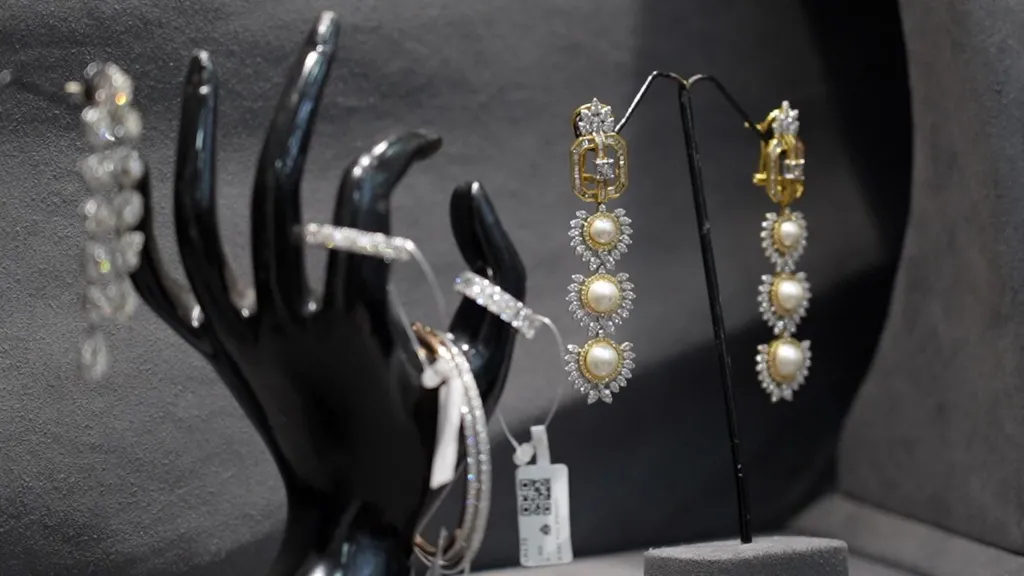
Investment Demand Explodes: 35% of Gold Demand Now Investment-Driven
Perhaps the most dramatic change in India’s gold market is the fundamental shift from jewelry consumption to investment. According to data from the World Gold Council, jewelry’s share of India’s total gold demand has dramatically declined.
Key Statistics from World Gold Council:
- Jewelry demand dropped from 80% in Q2 2023 to just 64% in Q2 2024
- Investment demand surged from 19% to 35% during the same period
- ETF (Exchange-Traded Fund) assets under management have increased by over 70% in 2024
- September 2024 marked record-high inflows for digital gold and gold ETFs
Kavita Chacko, research head at the World Gold Council, emphasized this transformation: “Jewellery’s share declined to 64% in the second quarter of this year, from 80% in the same period in 2023, while investment demand increased from 19% to 35% over the same period.”
India’s Central Bank Drives Global Gold Demand
A significant force behind India’s elevated gold prices is the Reserve Bank of India (RBI) itself. The central bank has been strategically accumulating gold reserves as part of its foreign exchange diversification strategy.
According to the World Gold Council, India’s central bank has increased gold’s share in foreign exchange reserves from 9% to 14% in 2025. Kaynat Chainwala, who tracks commodities at Kotak Securities (a major broking house), stated: “The RBI has been ‘a major pillar of global gold demand over the past three years.'”
The Reserve Bank’s strategic approach includes:
- Diversifying foreign exchange holdings away from dollar dependence
- Building resilience against geopolitical stress
- Establishing gold as a stable asset class during economic uncertainty
This central bank demand provides a structural floor under gold prices, preventing dramatic collapses and creating confidence in the market.
H2: Younger Buyers Drive Lightweight Jewelry Trend
Pushpinder Chauhan, another retailer in Lajpat Nagar, identified an important demographic trend: “Higher prices have also exacerbated the growing preference for lighter jewellery this year, especially among younger buyers who want pieces for everyday wear and not just special occasions.”
This shift reflects changing lifestyle preferences among India’s younger generation, who prioritize versatility and wearability over traditional heavy ornamental pieces. Gold jewelry is transitioning from a special occasion investment to an accessible fashion and investment tool.
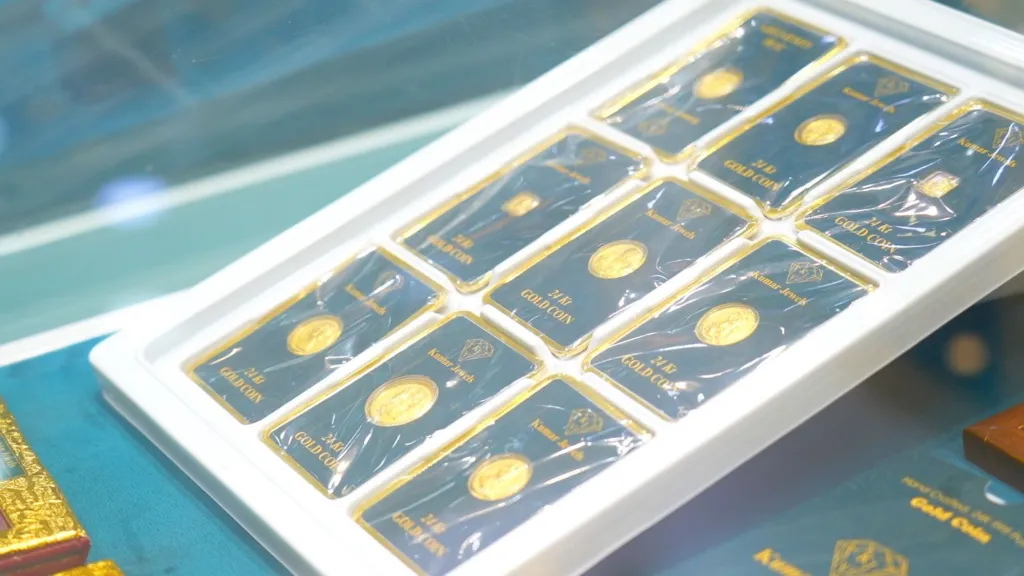
Impact on Different Economic Classes
While the affluent continue shopping, record-high prices have created significant challenges for lower-income families. Madan Sabnavis, chief economist at the state-run Bank of Baroda, provided perspective: “The affluent classes will continue to buy, though it is a setback for lower income families. Demand will hold up in value terms, even though volumes will fall.”
Some families have been entirely priced out of the gold market. Bhavna, who is getting married in February, told BBC reporters outside Kumar Jewels: “I am now having to think a lot while buying—about whether to even get something.” She has postponed her wedding jewelry purchases, hoping for price reductions.
H2: Long-Term Gold Wealth: $3.8 Trillion in Indian Households
Despite short-term pricing challenges, India’s cultural attachment to physical gold remains unshaken. According to US investment bank Morgan Stanley, Indian households hold an astounding $3.8 trillion in gold, equivalent to 88.8% of India’s GDP.
This extraordinary wealth holding provides several positive effects:
Wealth Effect on Household Balance Sheets: As gold prices trend upward, the balance sheet value of Indian households increases substantially. Economists Upasana Chachra and Bani Gambhir from Morgan Stanley noted: “This implies a positive wealth effect on the household balance sheet, given the uptrend in gold prices.”
Disposable Income Benefits: Indian families are simultaneously benefiting from “cyclical factors of lower interest payments with monetary policy easing, and the positive impact on disposable income through direct and indirect tax cuts.” These factors offset some gold price impacts.
Historical Returns: Gold holdings have consistently provided solid long-term returns for Indian investors, particularly during periods of economic stagnation and employment challenges.
The Future of India’s Gold Market Beyond Diwali
Experts predict that demand for gold and silver will remain robust through the wedding season, despite record-high prices. The festive period and wedding season typically drive sustained purchasing through early 2025.
However, demand dynamics have clearly shifted. Rather than volume-based growth, the gold market is now driven by:
- Value-based purchasing among affluent consumers
- Investment-driven accumulation of bullion and ETFs
- Strategic central bank reserve building
- Fashion-conscious lightweight jewelry purchases
Key Takeaways
The 2024-2025 Diwali gold rush represents a fundamental transformation in how Indians engage with gold. While prices have reached record highs, cultural attachment to the precious metal remains extraordinarily strong. Indians have adapted by buying smarter—investing in bullion, choosing lightweight everyday pieces, and viewing gold as a portfolio diversification tool rather than purely ceremonial jewelry.
This Diwali season, despite record prices taking some glitter off the precious metal, the fundamental appetite for gold in India remains undiminished. The real story isn’t about fewer purchases—it’s about wiser, more strategic purchasing decisions reflecting India’s evolving relationship with the precious metal.









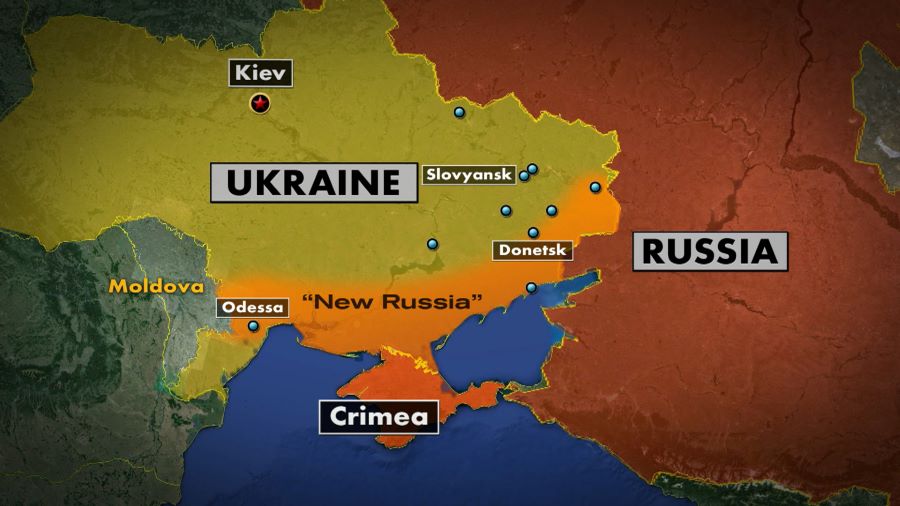


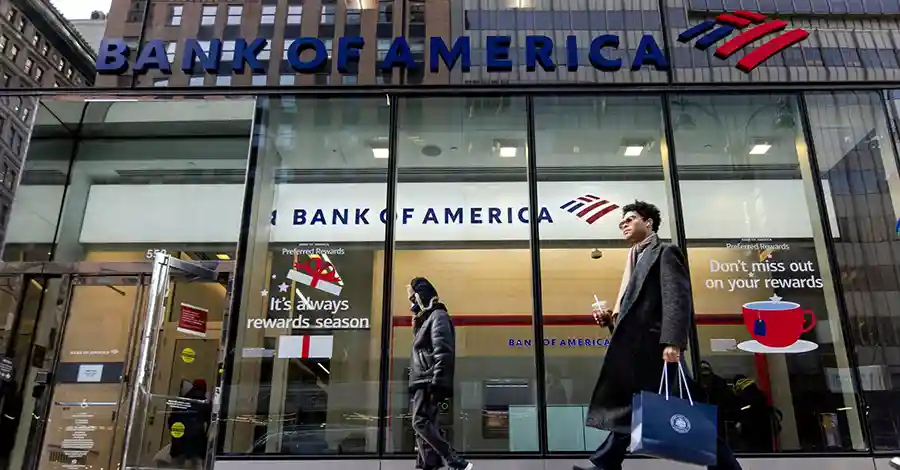

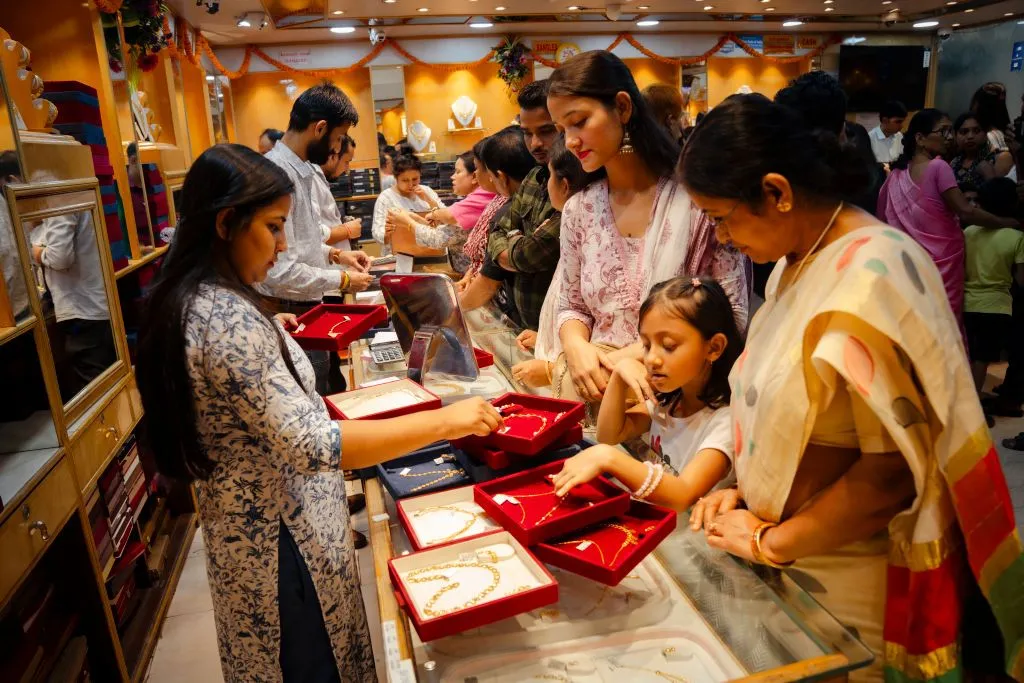


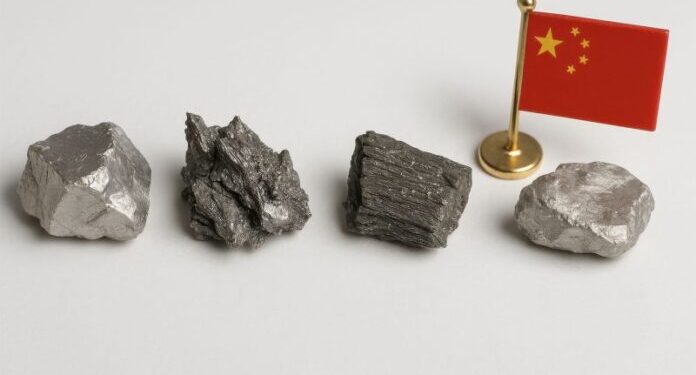

Comments